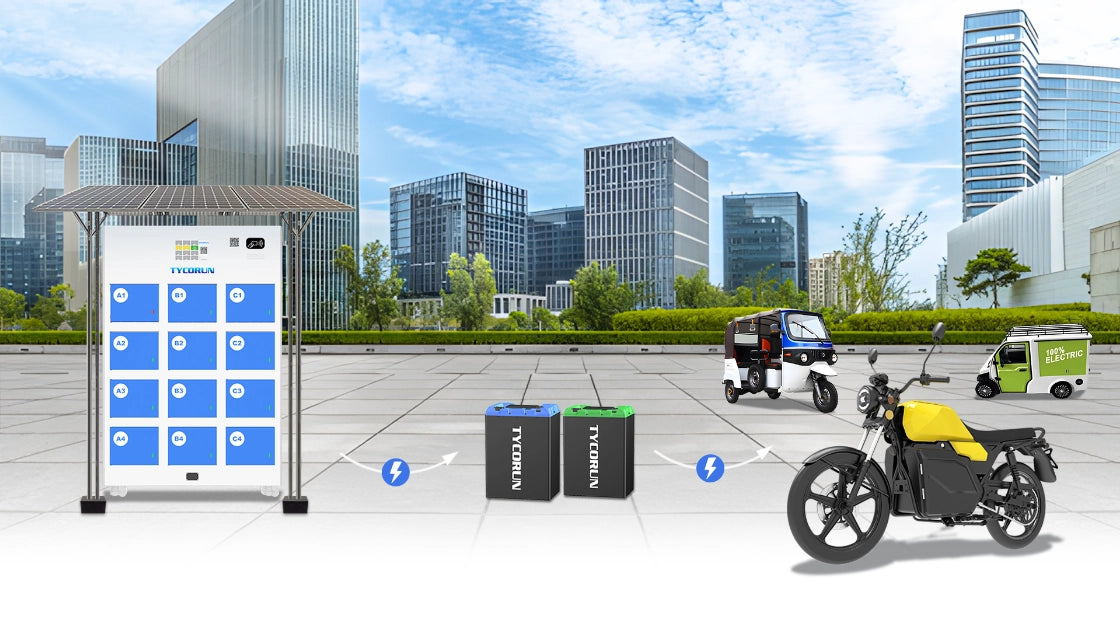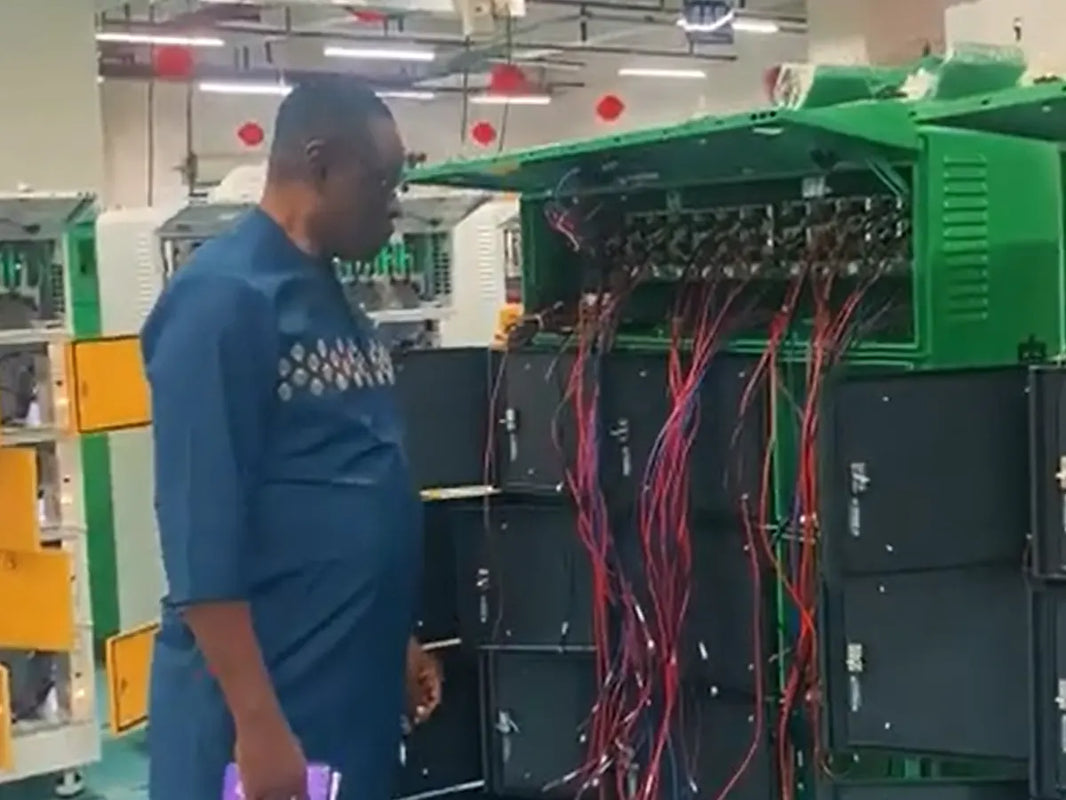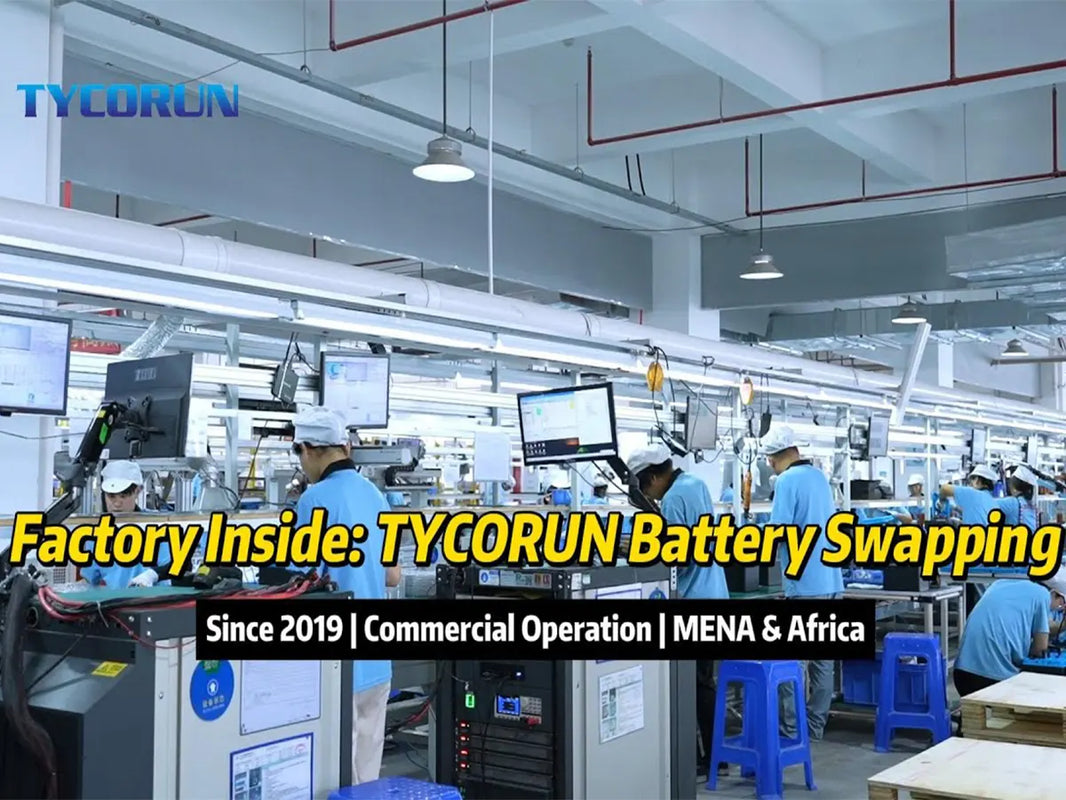Electric motorcycles are widely used today, but many riders still don’t fully understand their key motorcycle components. Knowing each part and its function helps improve safety and performance. This article explains the main electric motorcycle components, additional supporting parts, and essential maintenance tips to help you better understand how an electric motorcycle works.

Main content:
10 Electric Motorcycle Components

Battery
The battery is the heart of an electric motorcycle. It stores electrical energy and supplies power to the motor, lights, controller, and other electronic Motorcycle Components. Most modern electric motorcycles use lithium-ion batteries because they are lightweight, durable, and provide high energy density.
Why the electric motorcycle battery matters
- Determines the riding range
- Affects the total weight of the motorcycle
- Impacts acceleration and overall performance
- Influences charging time
How it works
Inside the battery pack, multiple lithium-ion cells are connected in series or parallel to reach the required voltage and capacity. When you twist the throttle, the controller draws power from the battery and sends it to the motor.
Motor
If the battery is the heart, the motor is the muscle. This is the component that converts electrical energy into mechanical energy, allowing the motorcycle’s wheels to turn. Electric motorcycles commonly use hub motors or mid-drive motors.
Types of motors
- Hub Motor: Integrated into the wheel, simple and low maintenance.
- Mid-Drive Motor: Installed near the center, offering better torque and balance.
Why the motor is important
- Directly affects acceleration
- Determines climbing ability
- Influences top speed
- Affects riding smoothness
The motor works silently compared to combustion engines, making it one of the cleanest and most efficient Motorcycle Components on the market today.
Controller
The controller is the brain of the electric motorcycle. It manages the flow of power between the battery and the motor. When you twist the throttle, the controller interprets that signal and adjusts motor output accordingly.
Functions of a controller
- Regulates speed
- Controls torque
- Manages energy usage
- Ensures safe current flow
- Communicates with sensors
A modern controller also includes protection functions such as over-current, short-circuit, and thermal protection. Without this component, all other Motorcycle Components would fail to work together efficiently.
Charger
It is a device that charges the battery by converting mains electricity into direct current (DC) while controlling the voltage and current during the charging process.
Why the charger matters
- Determines how fast you can ride again
- Impacts battery life (slow charging is gentler)
- Influences long-distance usability
A reliable charger helps protect the battery, making it one of the most important Motorcycle Components for long-term performance.
Skeleton (Body)
The skeleton or body is the main structural frame that holds the motorcycle together, providing the strength and support needed for the battery, motor, and other motorcycle components. A strong yet lightweight frame improves riding comfort, ensures structural stability, enhances aerodynamics, and affects how much load the motorcycle can carry. Even though the frame itself doesn’t use electricity, it remains one of the most essential Motorcycle Components because every other part of the motorcycle is mounted onto it.
Brake
Brakes are life-saving components that allow you to slow down or stop the motorcycle safely, making them some of the most essential motorcycle components. They prevent collisions, help control speed, and enhance overall stability during riding. Because braking systems are among the most actively used Motorcycle Components, regular maintenance—such as checking the brake pads and fluid—is crucial to keep the motorcycle safe and responsive. Electric motorcycles typically use:
- Disc brakes (front and rear)
- Regenerative braking (motor slows down and recharges battery)
Steering
Electric motorcycles have steering parts just like traditional motorcycles, and these are essential for controlling direction and maintaining balance. The main components include the handlebars, which the rider uses to steer, the steering stem that connects the handlebars to the front fork, triple clamps that hold the fork tubes in place, the front fork itself which supports the wheel and absorbs shocks, and steering bearings that allow smooth rotation. Even though the motorcycle is electric, the steering system remains mechanical, ensuring precise control and safe handling on the road.
Drivetrain
The drivetrain transfers power from the motor to the wheel and plays a major role in how the motorcycle performs. It determines torque delivery, affects overall efficiency, influences noise levels—since belt systems are usually quieter—and sets the level of maintenance required. As one of the key motorcycle components, the drivetrain directly impacts how effectively the motor’s power reaches the ground. Depending on the design, an electric motorcycle may use:
- Belt drive
- Chain drive
- Direct hub drive (motor inside wheel)
Tyres
Just like traditional motorcycles, electric motorcycles need tires to make contact with the road, provide stability, and support the weight of the rider and the motorcycle.
Why All Electric Motorcycles Must Have Tires
- To move on the road — tires create traction so the motorcycle can start, stop, and turn.
- To support the motorcycle’s weight — including the heavy battery and motor.
- To ensure safety — proper grip prevents slipping, especially in wet or uneven conditions.
- To absorb shocks — tires cushion bumps and improve riding comfort.
Even electric motorcycles with unusual designs (such as hub motors built into the wheels) still rely on tires around the wheel structure.
Sensors & Display
Modern electric motorcycles come with smart sensors and a digital display that provide important performance information in real time. The display shows details like battery level, speed, riding mode, distance traveled, and the status of headlights and signals. These advanced motorcycle components make the ride more convenient and intelligent by giving riders clear, instant feedback while on the road.
Common Sensors
- Speed sensor
- Temperature sensors
- Battery management sensors
The Electric Motorcycle Components That Can Be Replaced
After riding an electric motorcycle for a long time, some faults are inevitable, and professional maintenance may be needed. While some parts can be repaired, certain components must be replaced entirely, with the battery being one of the most important.
If a battery becomes swollen or the case is damaged, it cannot be repaired and must be replace motorcycle battery immediately to avoid safety risks. Replacing a single cell in a battery pack is not enough, as it can disrupt balance and reduce battery life.

In addition, some electric motorcycles use swappable batteries, which can be replaced not only when broken but also when the battery is nearly depleted. These motorcycles allow riders to quickly swap in a fully charged battery instead of waiting for charging. This two-wheeled motorcycle battery swapping solution system is commonly used for motor rental services, delivery motorcycles, and other high-usage scenarios. Even with swappable batteries, the battery’s state of health should be regularly checked to ensure safe and reliable operation.
How To maintain Electric Motorcycle
Regular maintenance is key to keeping your electric motorcycle safe, efficient, and long-lasting. Focus on checking the battery, motor, brakes, tires, and electrical components. Clean the motorcycle regularly, especially around the battery and connectors, and make sure all bolts and fasteners are tight. Keep the drivetrain (chain or belt) lubricated if your model uses one, and inspect tires for proper pressure and wear. Monitoring these components helps prevent breakdowns and ensures smooth riding.

How To Maintenance In Summer
- Avoid leaving the motorcycle in direct sunlight
- Park in shaded or cool areas
- Monitor battery temperature to prevent overheating
- Ensure tires are properly inflated
- Inspect brakes regularly
- Clean dust and debris from motor and electrical parts
How To Maintenance In Winter
- Store the motorcycle in a warm, dry place
- Fully charge the battery before riding
- Avoid letting the battery drain completely
- Warm up the motorcycle before riding
- Check tire grip on cold or icy surfaces
- Clean motorcycle to prevent ice or salt damage
Read: Motorcycle winter storage preparation and get ready for winter!
Conclusion
Electric motorcycles are made up of several key components, including the motor, controller, battery, charger. Each part works together to power the motorcycle, and every component plays an essential role. Understanding how these electric motorcycle components function helps users operate and maintain their motorcycles more effectively.
Comprehensive maintenance is also crucial, as damage to any component can prevent the motorcycle from starting or performing properly. Learning to use a electric motorcycle involves both practical riding skills and proper maintenance knowledge to ensure safety, efficiency, and long-lasting performance.
FAQs
How does an EV motorcycle work?
Power is supplied by a rechargeable battery that drives one or more electric motors.
What is the difference between a hub motor and a mid-drive motor?
A hub motor is built into the wheel and requires less maintenance. A mid-drive motor sits in the frame and uses the drivetrain, offering better torque and hill-climbing performance.
Can I upgrade my electric motorcycle components?
Yes. Common upgrades are better tires, improved brakes, enhanced displays, and upgraded suspension.
Related Articles: Lithium motorcycle battery, Top 10 electric scooters with swappable batteries in the world, Top 10 motorcycle hub motor manufacturers in the World
















